Arte Cocoa Butter Colouring: The Professional's Secret to Excellent Colour Mastery
Colour is not just an accent, it's a powerful medium that can transform a simple dessert into a captivating work of art.
1 min read
Mar 6, 2023 2:15:42 PM
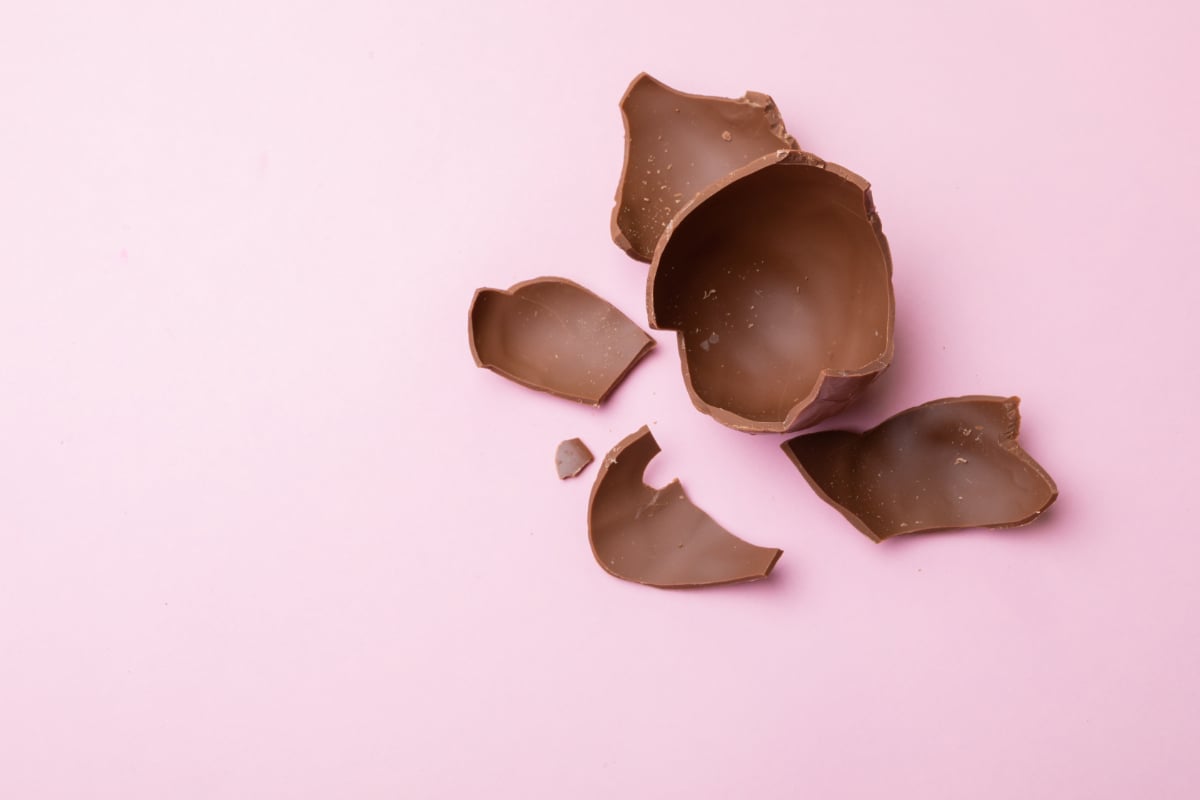
Chocolate is a versatile ingredient. It can be used in recipes, mold confections and enrobe cakes, to name a few. It can also be used as a coating for pastries, cakes and candies.
There is a certain way to handle chocolate, and when it’s not handled properly, problems can occur. One of the problems that you face when making chocolate coating is cracking. This often happens after the product is finished and frozen in the refrigerator or chiller.
Why does this happen? And how do you troubleshoot it? Read on to know more.
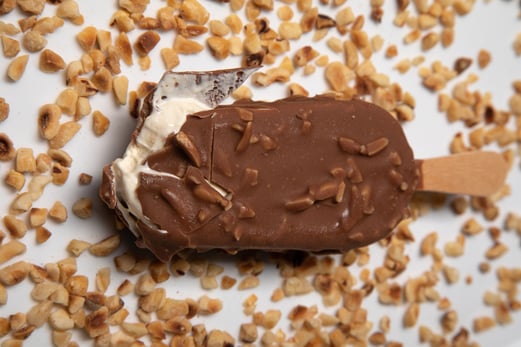
There are three main reasons why a chocolate coating cracks when frozen:
When tempered chocolate sets, it contracts and shrinks in size. If the chocolate coating is too thin, the shrinkage may cause the coating to break apart and crack.
When an object is hot, it expands. When it cools down, it shrinks. If you coat your cold cake with a warm chocolate coating, or have a warm cake coated with a cold chocolate coating, this may cause the chocolate coating to crack when it hardens.
When cooling down your coated creation, it is crucial to let the chocolate harden partially at room temperature before moving it into the refrigerator. If you directly put it in the fridge, the coating will be exposed to too low of a temperature too quickly, causing the coating to crack.
Read more: Chocolate Stuck in Mould: 5 Tips to Demould It Properly
Unfortunately, there isn’t much you can do when your chocolate coating has cracked, because it has attached to your cake or other creation. No matter what you do to try to fix them, the fix will be noticeable.
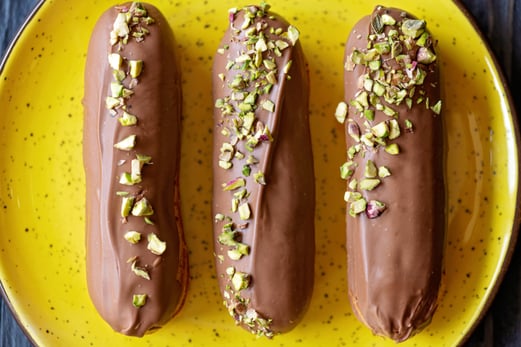
To help with the brittleness of chocolate when it’s crystallizing, it is a good idea to add neutral vegetable oil to your coating. A good place to start is by adding 1 part of neutral vegetable oil to every 6 parts of chocolate. I.e., for 1 kilogram of chocolate, add 150 grams of vegetable oil such as grape seed or sunflower oil.
Before putting your coated creation in the fridge, let the chocolate coating set partially at room temperature.
Read more: What's the Difference Between Compound and Couverture Chocolate?
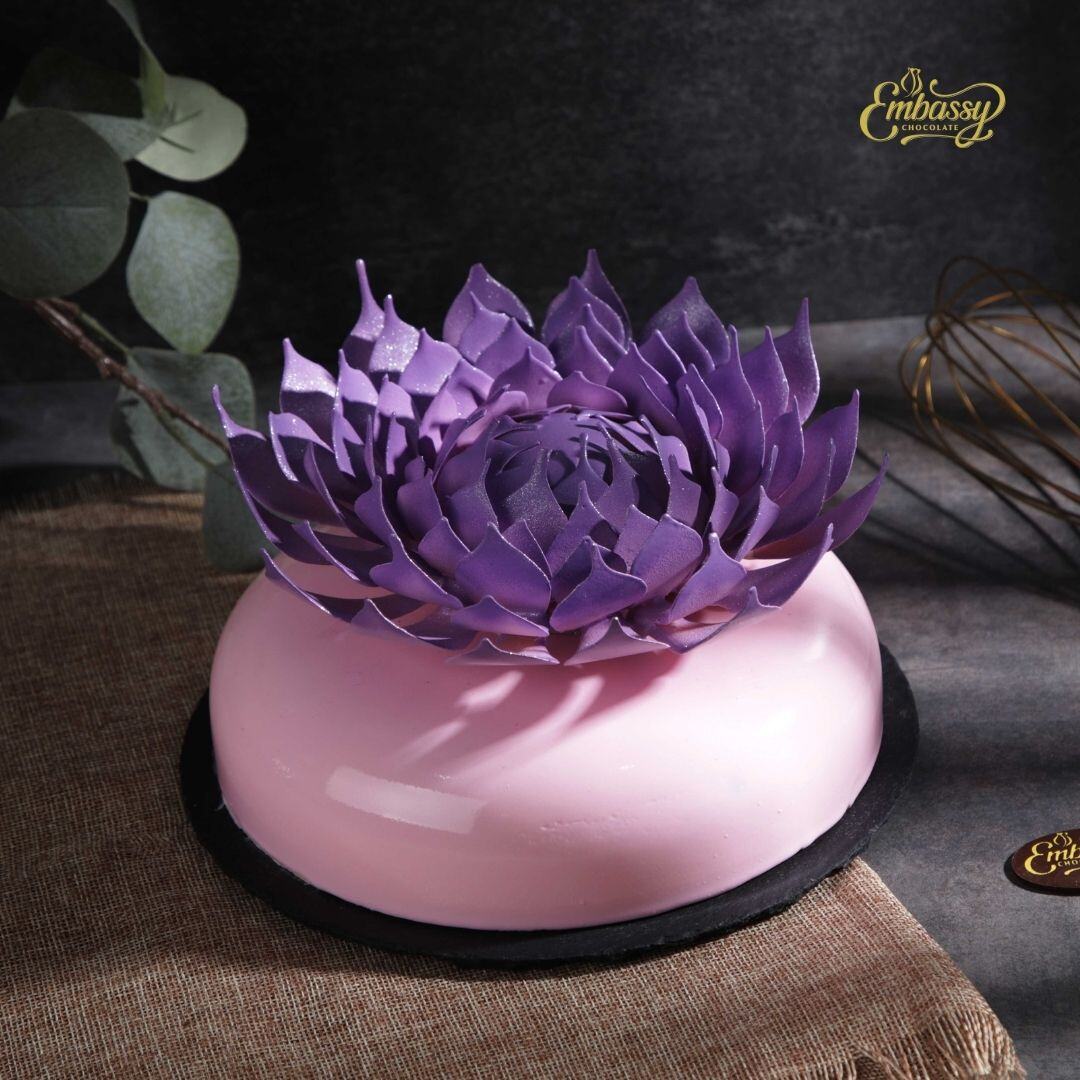
Colour is not just an accent, it's a powerful medium that can transform a simple dessert into a captivating work of art.
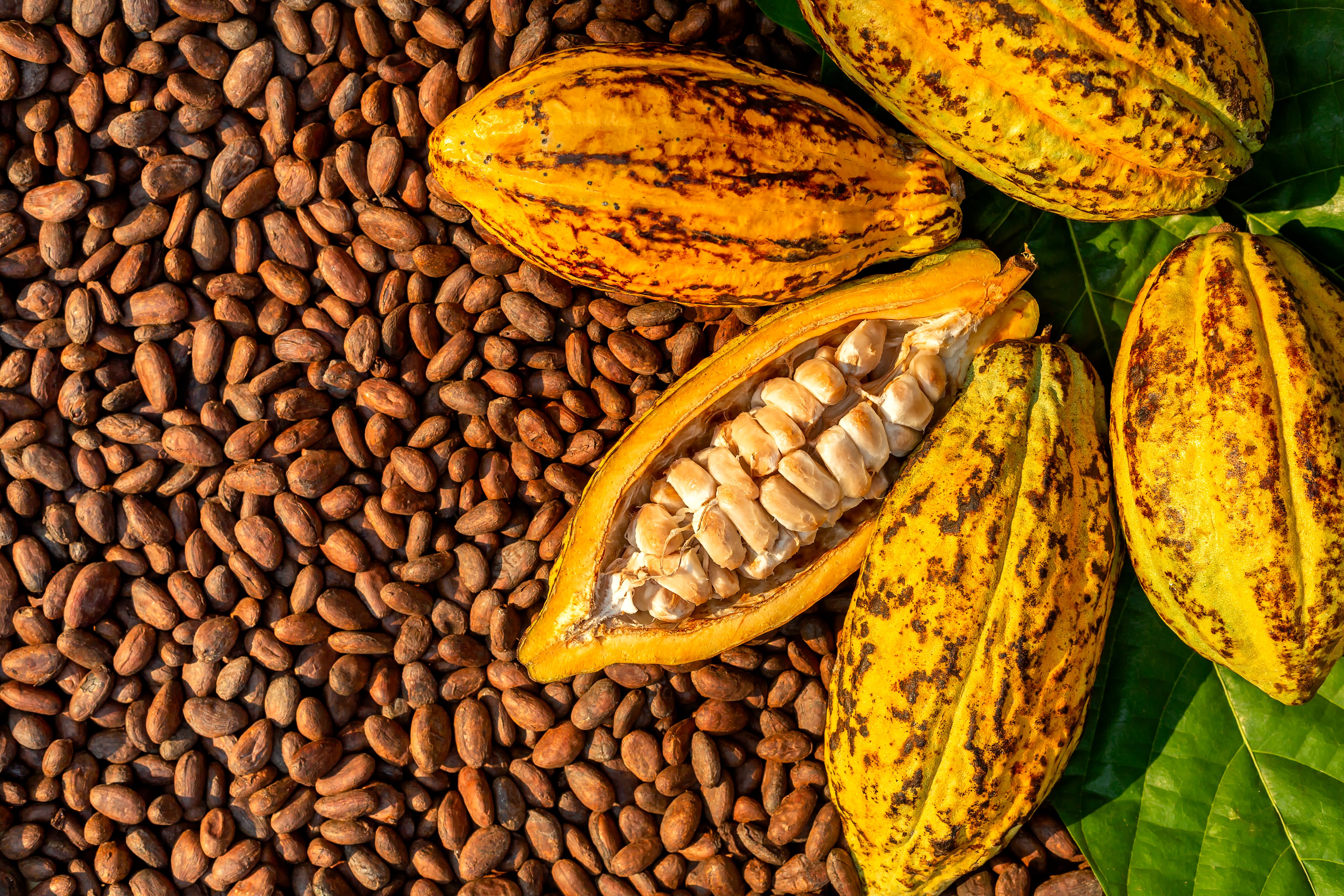
Chocolate, a beloved treat enjoyed by millions worldwide, is facing a bitter truth: the steady rise in cocoa bean prices due to disease outbreaks and...
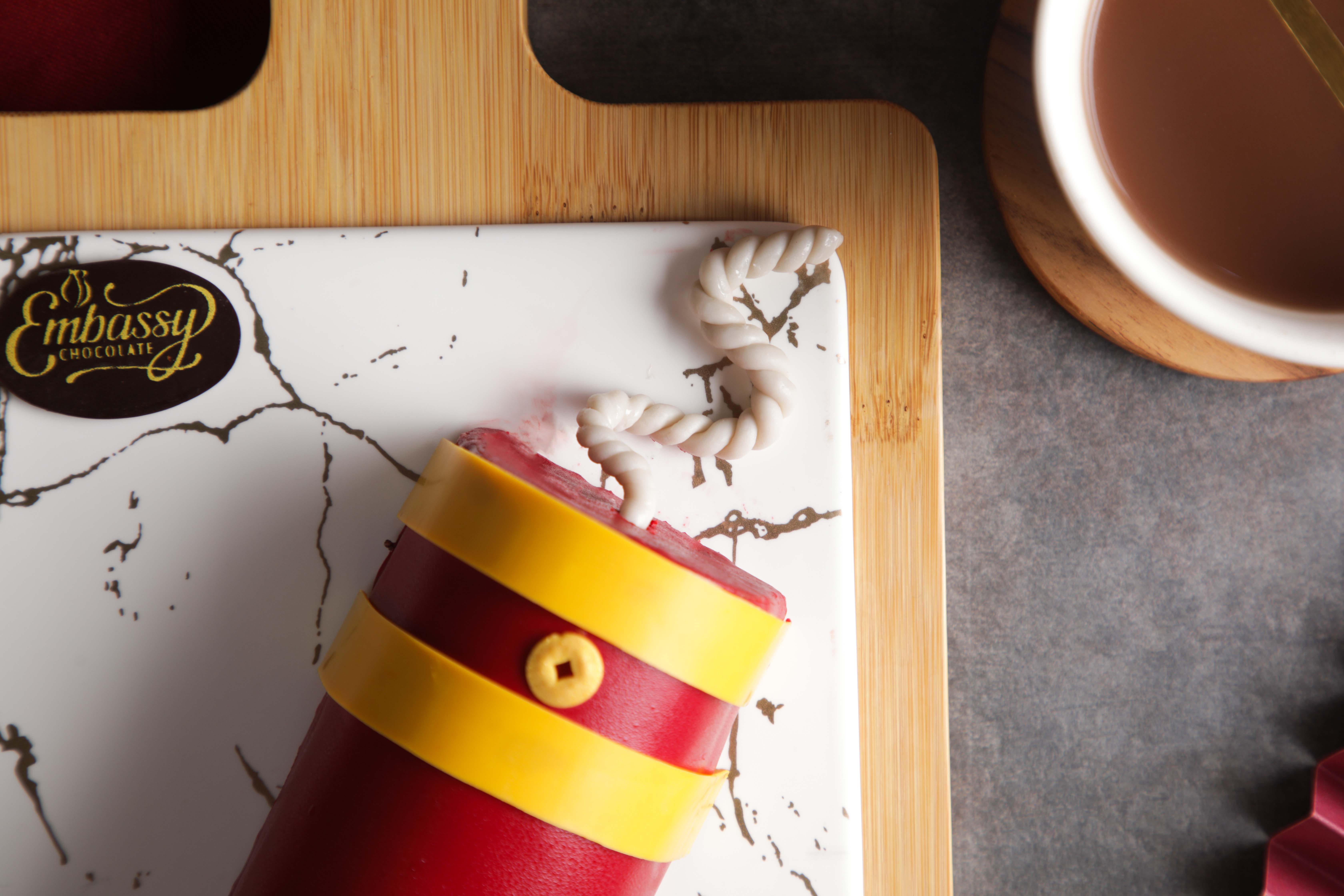
Set the Lunar New Year ablaze with our Firecracker Chocolate Roll Cake! Experience layers of rich chocolate with a hint of fiery excitement,...